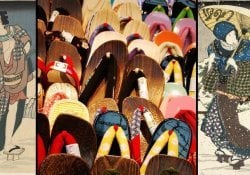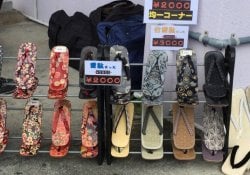A piece of white cloth that does not have an exact meaning, present in Japanese culture and with different interpretations. O Heian [額隠] is this uncertain element. The following is a summary of why it exists and its theories and how it emerged throughout the existence of Japanese folklore.
The oriental culture is very little explored by us westerners, far from our reality, the Japanese, Chinese, Koreans and others, have a rich folklore. With many of the elements present in our culture, the conception and different definitions of them, shows that our world is connected in many ways.
One common thread is the presence of Ghosts in oriental culture, specifically in Japanese folklore. O yurei it is one of these elements, present in the culture of the rising sun, which is analogous to the ghost in the West.
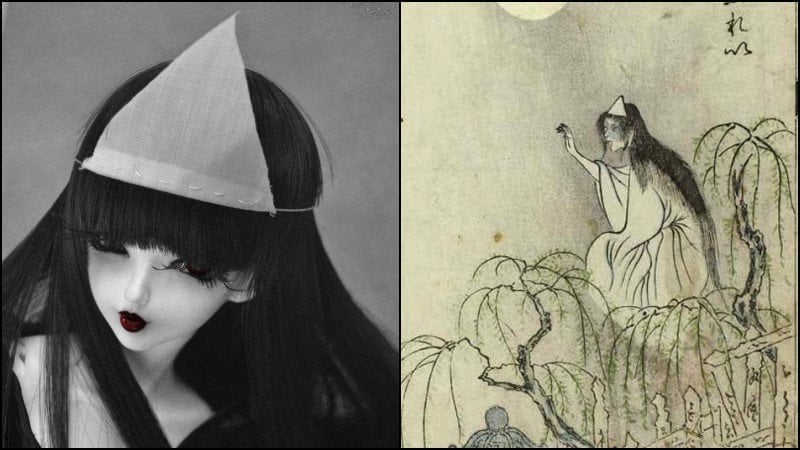
For the Japanese – in their traditional culture Buddhist, we human beings have a soul. Or spirit for others. However, reikon is the name given to the soul or spirit of people.
When dying, the reikon of a person leaves the body and enters what would look like purgatory in Western Jewish-Christian culture. And it is this spirit that adds value to Japanese mythology.
Hitaikakushi - Yurei Headband
You yurei are the most common forms of appearance in texts and books of antiquity. Its appearance is somewhat uniform. Marked by the white kimono robes – a reference to the funerals of the period It's from Japanese – and long black hair.
Tradition says that the person who died suddenly or violently, if the rites of passage from human to spiritual life were not performed correctly, or these are driven by feelings of hatred and revenge, the soul – reikon - turns into a yurei.
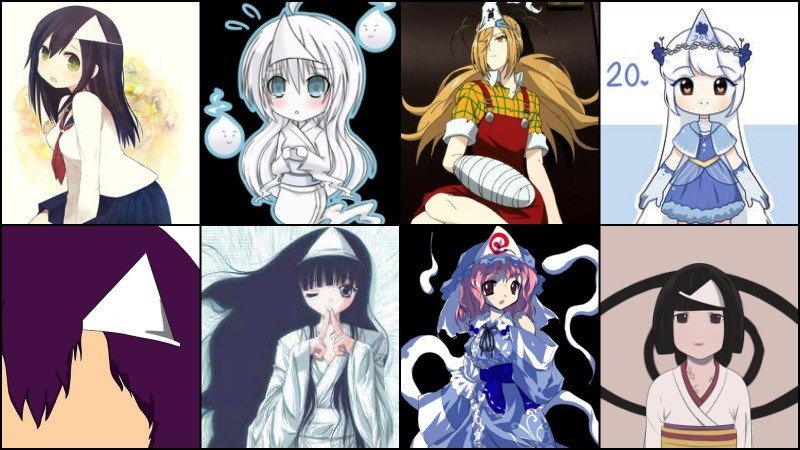
However, what is most interesting is that some yuris they have a kind of bandana, in the shape of a triangle, on their head. This cloth – also white – is called Heian.
Appearing during the period heian – Japan between the years 794 and 1185, classical Japanese history – the books of the time show the yurei wearing the Heian. However, little is known about its meaning.
It is speculated that the artists restructured the hat eboshi – pointed prop used by the Japanese in the period heian, very popular at the time –. However, the practice of depicting ghosts with the triangular hat disappeared in the edo.
With its reappearance in modern times, there has been some more speculation about the presence of the Heian us yureiThe first: it is believed that the ghosts ascended to the highest level, in terms of spirituality, they were given a crown. This crown, sometimes referred to as the crown of heaven, is called tenkan.
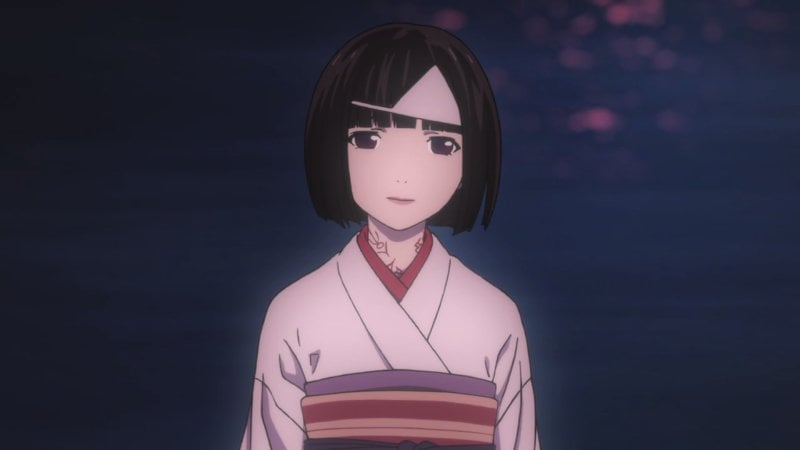
The tenkan is placed on the head of yurei to evidence your new spiritual state. The ghosts yurei they are traditionally female characters who seek revenge. Then, upon receiving the tenkan, these spirits of women attained spiritual peace.
Hitaikakushi for protection
Another view believes that the Heian It is a symbol whose function is to drive demons away from their corpses. As the spirit left the body, the bodies become an empty, soulless piece of flesh.
The last theory – and a complement to the one described above – believes that the bandana keeps demons from entering the heads of empty bodies and prevents these diabolical beings from resurrecting the corpse. Therefore, the white cloth protects the body from the carnal and spiritual transition.
In fact, Japanese culture is rich in many ways, having an immense mythology that is still mysterious. The meaning of the triangular white cloth on the head of female ghosts has no convergent meaning. But we have to admit, anyway, he represents the rise of purity and the decline of evil spirits.


